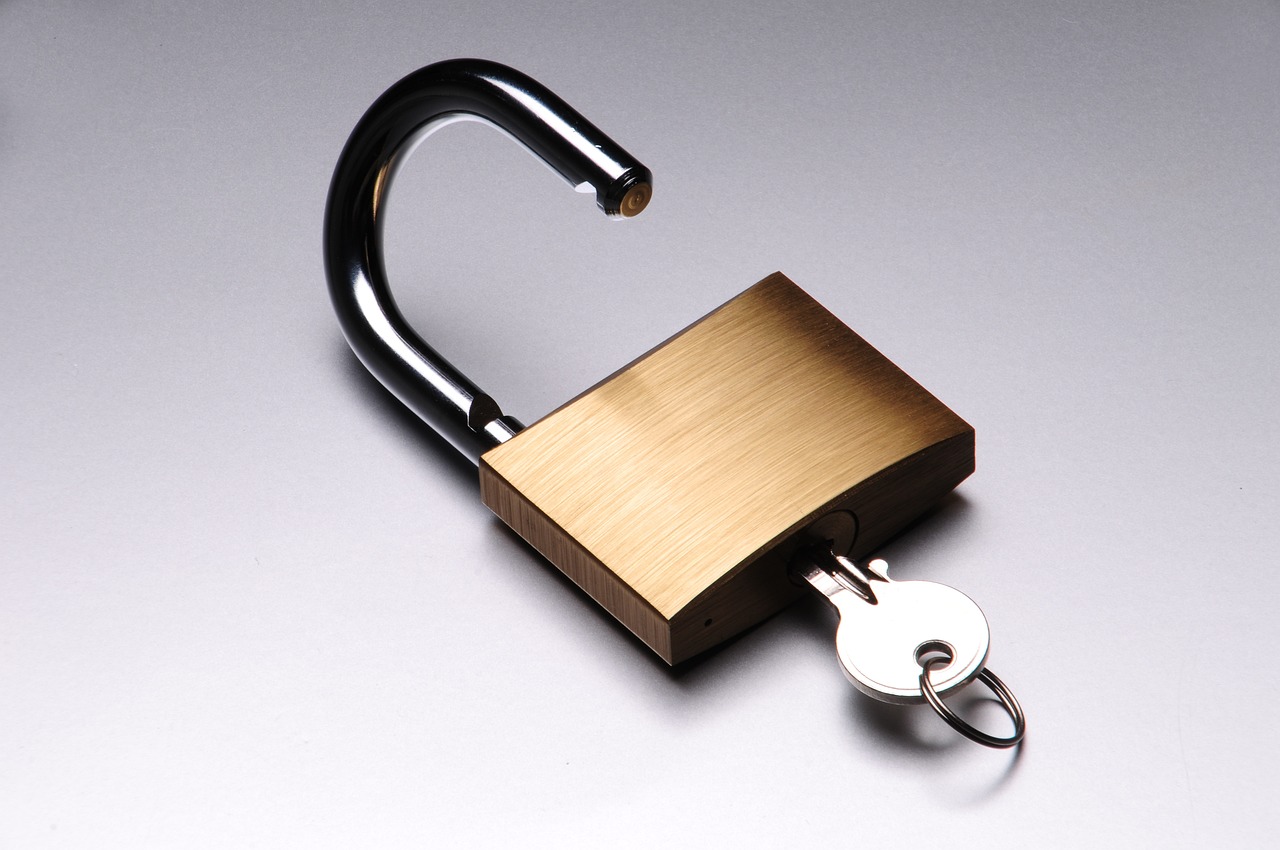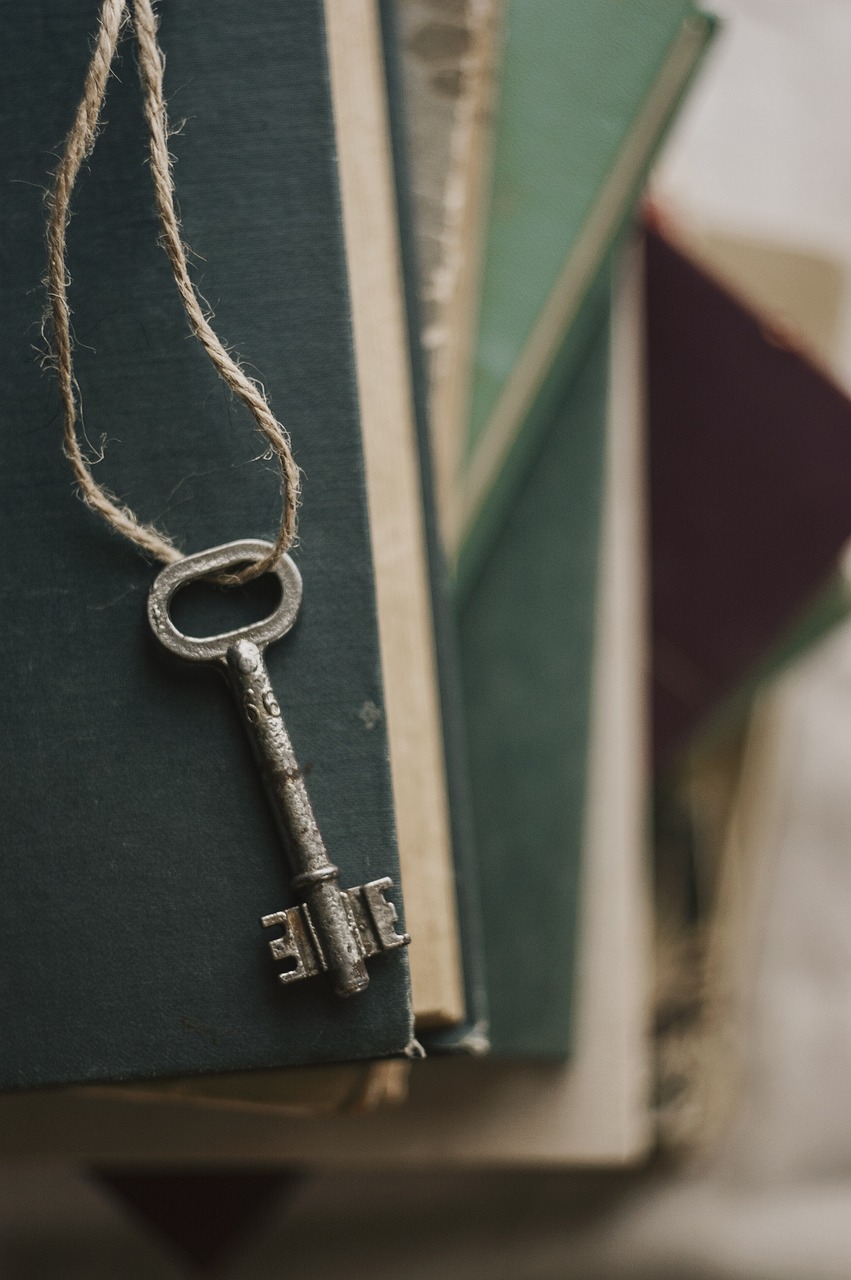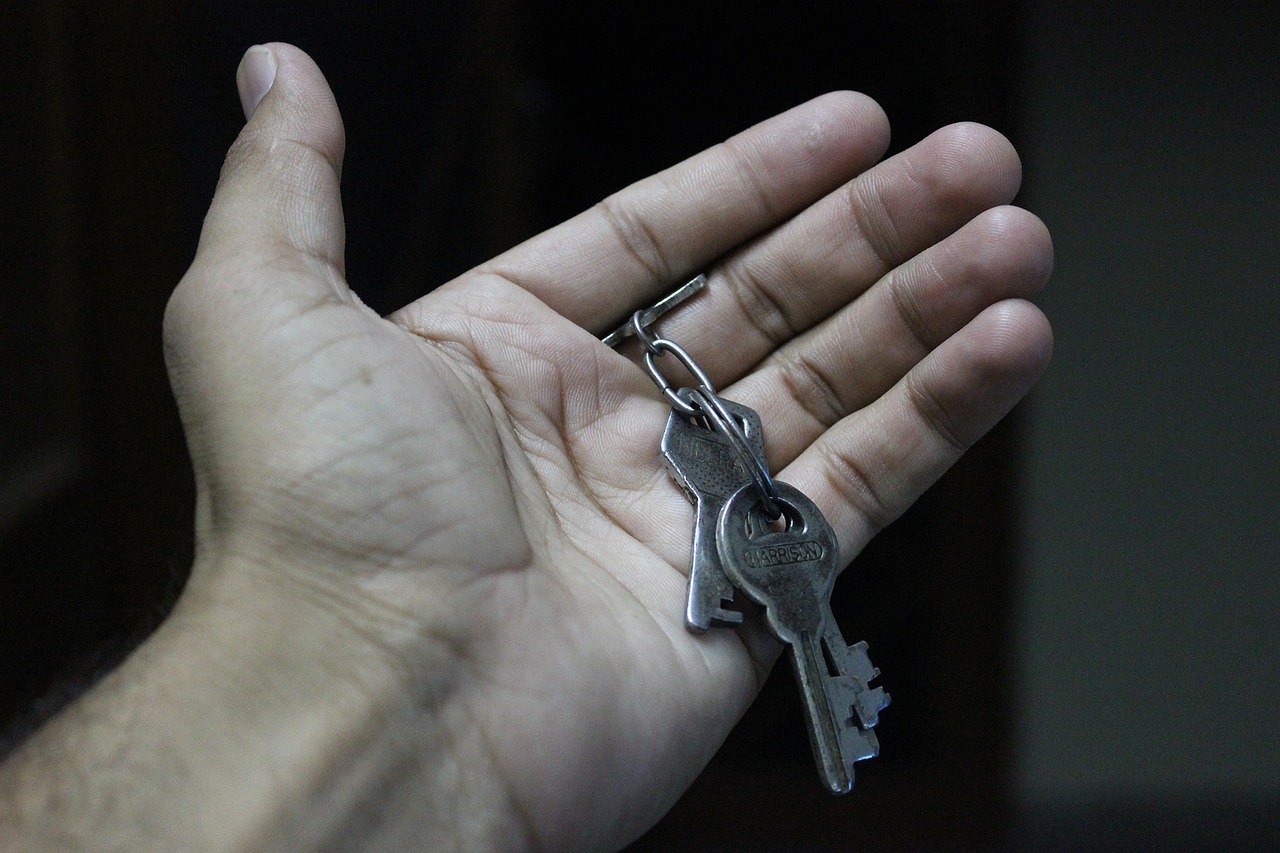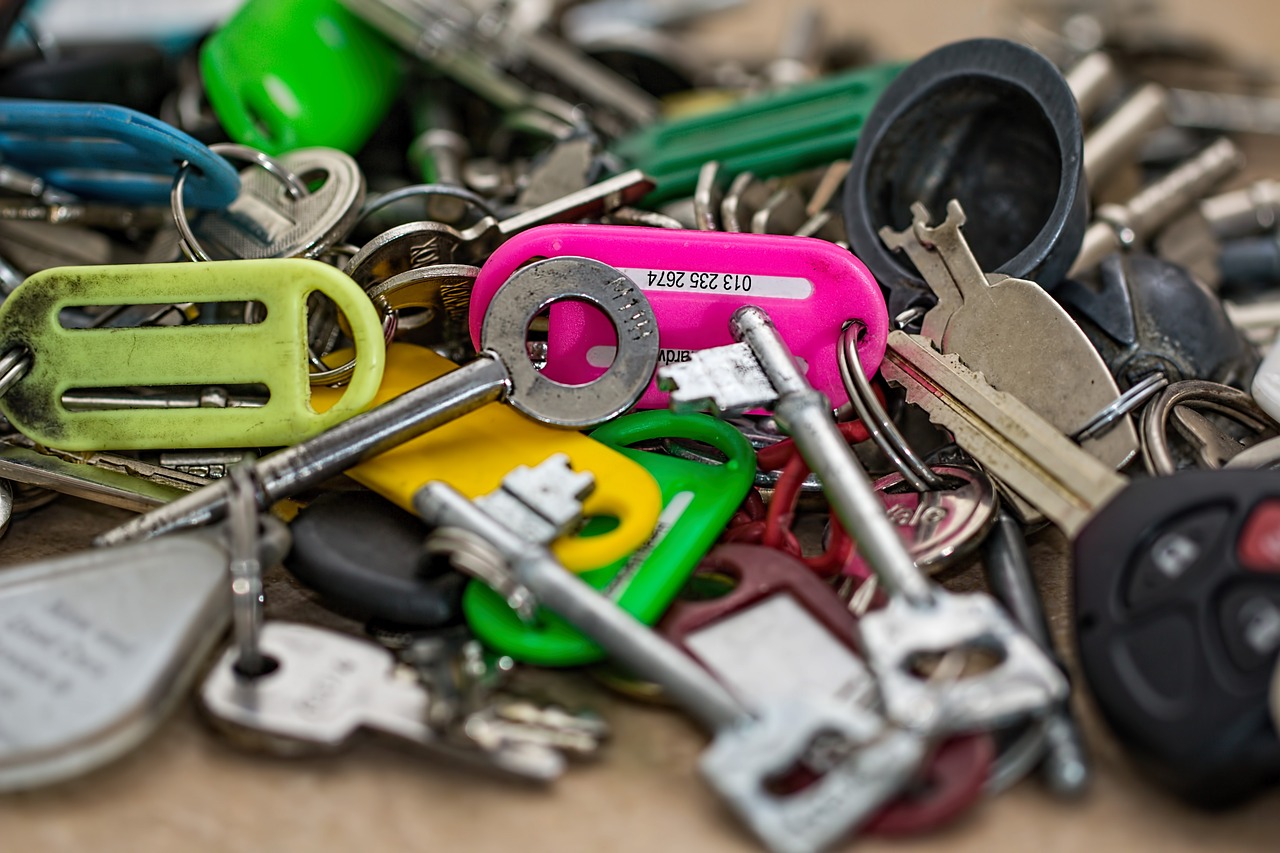Hawaiian flowers are a treasure of natural beauty, showcasing vibrant colors and unique shapes. These native species not only enhance the islands’ landscapes but also hold cultural significance. Exploring their stunning secrets reveals the intricate relationship between nature and Hawaiian traditions.
The Hawaiian Islands are home to over 1,000 native plant species. Among them, about 90% are found nowhere else on Earth. This incredible biodiversity stems from Hawaii’s isolation in the Pacific Ocean. The islands’ varied climates and elevations have created distinct habitats, allowing for the evolution of unique flora.

Among the most iconic native Hawaiian flowers are the plumeria, hibiscus, and ohia lehua. Each of these flowers carries its own story and importance in Hawaiian culture. Understanding their roles can deepen appreciation for these natural wonders.
Key Native Hawaiian Flowers
Below is a list of some notable native Hawaiian flowers, along with their characteristics and cultural significance:
- Hibiscus: Known as the state flower of Hawaii, the hibiscus comes in various colors, including red, yellow, and pink. It symbolizes beauty and is often used in leis.
- Plumeria: These fragrant flowers bloom in clusters and are commonly associated with Hawaiian leis. Plumeria represents positivity and harmony.
- Ohia Lehua: A crucial part of Hawaiian mythology, this flower blooms bright red and is often found on volcanic landscapes. It symbolizes strength and resilience.
- Ilima: This flower has a golden hue and is often used in traditional Hawaiian crafts. It represents royalty and is associated with the ali’i (chiefs).
- Ma’o hau hele: This yellow flower is endemic to Hawaii and plays a role in local ecology by attracting native pollinators.
Many of these flowers have adapted to the unique conditions of their environment, showcasing resilience and beauty. The vibrant colors and fragrances attract various pollinators, including native birds and insects. This mutual relationship highlights the delicate balance of Hawaiian ecosystems.
The significance of these flowers extends beyond aesthetics. They are integrated into cultural practices, ceremonies, and traditional medicine. For instance, flowers are often used in hula performances and as offerings in religious rituals. Additionally, many native plants have medicinal properties that have been utilized by native Hawaiians for centuries.
Understanding the ecological roles of these flowers can also inform conservation efforts. Many native species are threatened by invasive plants and habitat loss. Protecting these plants is crucial for maintaining Hawaii’s unique biodiversity. Community initiatives and educational programs are essential for raising awareness about the importance of preserving these natural treasures.
Cultural Significance of Native Flowers
The connection between native Hawaiian flowers and culture is profound. Each flower tells a story that reflects the values and beliefs of the Hawaiian people. For example, the lay (lei) made from native flowers is not just a decoration; it carries meaning and represents love, respect, or greeting.
| Flower | Cultural Significance | Uses |
|---|---|---|
| Hibiscus | Beauty, hospitality | Leis, decorations |
| Plumeria | Positivity, harmony | Leis, perfumes |
| Ohia Lehua | Strength, resilience | Cultural rituals |
| Ilima | Royalty | Crafts, traditional attire |
| Ma’o hau hele | Endemism | Ecological balance |
This table summarizes how these beautiful flowers contribute not only to Hawaii’s visual landscape but also to its rich cultural heritage. As we delve deeper into the world of native Hawaiian flowers, we will uncover more stunning secrets that they hold.
The Unique Adaptations of Hawaiian Flowers

Native Hawaiian flowers have evolved remarkable adaptations that allow them to thrive in Hawaii’s diverse environments. From volcanic soil to varying altitudes, these plants have developed unique features that help them survive and flourish. Understanding these adaptations reveals the intricate relationship between these flowers and their habitats.
Environmental Adaptations
Hawaiian flowers face various environmental challenges, including limited water, nutrient-poor soils, and exposure to strong winds. Here are some key adaptations:
- Water Storage: Many native plants, such as the ohia lehua, have thick leaves and stems that store water. This adaptation is crucial for survival in areas with infrequent rainfall.
- Root Systems: Some flowers possess extensive root systems that anchor them securely while also maximizing water and nutrient uptake from the soil.
- Leaf Structure: The leaves of many native plants are often waxy or hairy. This structure reduces water loss by minimizing evaporation in hot climates.
- Growth Forms: Certain species adopt different growth forms, such as shrubs or small trees, to adapt to high winds and prevent damage.
Pollination Strategies
The unique pollination strategies of Hawaiian flowers further illustrate their adaptability. Many native species have developed specific traits to attract native pollinators, including birds and insects.
- Color and Fragrance: Bright colors and sweet scents attract pollinators. For example, the vibrant red of the ohia lehua is particularly appealing to native honeycreepers.
- Nectar Production: Many flowers produce abundant nectar to reward pollinators for their services. This mutualistic relationship enhances the survival of both plants and pollinators.
- Flower Shape: Some flowers have evolved specific shapes that cater to the preferences of their pollinators, ensuring efficient pollen transfer.
Threats to Native Hawaiian Flowers

Despite their resilience and adaptations, native Hawaiian flowers face numerous threats. Understanding these challenges is essential for conservation efforts.
Invasive Species
Invasive plants and animals pose a significant threat to native flora. These non-native species often outcompete native plants for resources, leading to a decline in indigenous populations. Some common invasive species include:
- Pampas grass
- Guava
- Kudzu
Habitat Loss
Habitat destruction due to urban development, agriculture, and tourism has dramatically impacted native plants. Wetlands, forests, and coastal ecosystems are particularly vulnerable. The loss of these habitats leads to decreased biodiversity and threatens the survival of many flower species.
Climate Change
Climate change presents an additional challenge for native Hawaiian flowers. Changes in temperature and precipitation patterns can alter their growing conditions. The following impacts are particularly concerning:
- Shifts in Bloom Times: Changes in climate may cause flowers to bloom earlier or later than usual, disrupting their pollination cycles.
- Increased Extreme Weather Events: More frequent storms can damage plants and alter their habitats.
- Altered Ecosystems: Changes in climate may lead to the migration of pests and diseases that threaten native flower populations.
Addressing these threats requires concerted conservation efforts, including habitat restoration, invasive species management, and education about the importance of preserving Hawaii’s unique floral heritage.

Conservation Efforts for Native Hawaiian Flowers
Efforts to conserve native Hawaiian flowers are critical for maintaining the unique biodiversity of the islands. Various organizations and communities are actively engaged in protecting these floral treasures through a combination of research, restoration, and education. Understanding these conservation strategies is essential for appreciating the ongoing work to safeguard Hawaii’s natural heritage.
Restoration Projects
Restoration projects aim to revive native ecosystems by removing invasive species and reintroducing native plants. These initiatives often involve community volunteers and experts working together to restore habitats. Key components of successful restoration projects include:
- Site Assessment: Evaluating the area to understand existing flora and fauna, as well as identifying invasive species that need removal.
- Invasive Species Control: Implementing strategies to eliminate or control invasive plants and animals that threaten native ecosystems.
- Replanting Native Species: Cultivating and planting native flowers and other plants to restore ecological balance.
- Monitoring Progress: Regularly assessing the health of restored areas to ensure the success of the project.
Community Involvement
Community engagement plays a crucial role in conservation efforts. Local residents are often the best stewards of their environment. Programs encouraging participation can foster a sense of ownership and responsibility towards preserving native flora. Some effective strategies include:
- Volunteer Days: Organizing events where community members can participate in planting, weeding, and maintaining restoration sites.
- Educational Workshops: Providing training on native plant identification, gardening, and sustainable practices.
- Cultural Events: Hosting festivals that celebrate native plants and their significance in Hawaiian culture, encouraging public interest and support for conservation.
Research and Education
Research is vital for understanding the challenges faced by native Hawaiian flowers. Scientists study plant biology, ecology, and the effects of climate change to develop effective conservation strategies. Educational initiatives help raise awareness about the importance of preserving these species. Key areas of focus include:
Scientific Research
Ongoing scientific investigations provide insights into the following aspects:
- Genetic Diversity: Studying the genetic variations within native flower populations helps in understanding their resilience to environmental changes.
- Pest Management: Researching pest behavior and developing environmentally friendly control methods to protect native plants.
- Ecosystem Interactions: Understanding the relationships between native flowers and their pollinators or associated fauna enhances conservation efforts.
Educational Programs
Educational programs aim to inform both residents and visitors about the unique beauty and importance of Hawaiian flowers. These programs often include:
- School Programs: Incorporating lessons about native plants into school curricula to teach children about biodiversity and conservation.
- Guided Nature Tours: Offering tours in botanical gardens or natural reserves where participants can learn about native flora in their natural habitats.
- Online Resources: Creating web platforms that provide information on native flowers, their uses, and conservation efforts.
The combined efforts of restoration projects, community involvement, research, and education are essential in ensuring the survival of Hawaii’s stunning native flowers. These initiatives not only protect biodiversity but also enhance cultural appreciation for Hawaii’s unique natural heritage.
Future Directions for Conservation
As we look toward the future, the conservation of native Hawaiian flowers requires innovative approaches and collaboration among various stakeholders. The challenges posed by climate change, invasive species, and habitat loss necessitate proactive strategies to ensure the survival of these unique plants.
Collaborative Conservation Efforts
Collaboration between governmental bodies, non-profit organizations, educational institutions, and local communities is crucial. By pooling resources and expertise, these groups can develop more effective conservation strategies. Some potential collaborative efforts include:
- Partnerships with Local Farmers: Engaging agricultural communities to incorporate native plants into their farming practices can enhance biodiversity while providing economic benefits.
- Joint Research Initiatives: Universities and research institutions can work together with conservation organizations to study the impacts of climate change on native flowers and develop adaptive measures.
- Community-Based Management: Empowering local communities to take charge of conservation efforts can lead to more sustainable practices tailored to specific regions.
Leveraging Technology
Advancements in technology can significantly aid conservation efforts. Techniques such as remote sensing and geographic information systems (GIS) can help monitor plant populations and track changes in habitats. Additionally, mobile applications can assist in:
- Identifying Native Plants: Apps that help users identify and learn about native flowers can promote awareness and appreciation.
- Citizen Science Projects: Encouraging the public to participate in data collection and mapping efforts can enhance our understanding of native plant distributions.
- Virtual Education Platforms: Online learning resources can reach a wider audience, providing valuable information about the ecological importance of Hawaiian flowers.
Final Thoughts
The beauty of native Hawaiian flowers is not only a feast for the eyes but also a vital component of Hawaii’s cultural and ecological tapestry. These flowers reflect the islands’ rich heritage and the delicate balance of their ecosystems. The importance of preserving these natural wonders cannot be overstated, as they provide essential services, such as habitat for wildlife, erosion control, and cultural significance.
As awareness grows about the challenges facing these remarkable plants, so too does the commitment to their conservation. Through restoration projects, community engagement, research, and education, there is hope for the future of Hawaii’s native flowers. By fostering a collective responsibility towards these floral treasures, we can ensure that generations to come will continue to enjoy their beauty and significance.
In conclusion, unlocking the beauty of native Hawaiian flowers involves not just appreciating their stunning appearances but actively participating in their preservation. Every effort counts, from planting native species in our gardens to advocating for conservation initiatives. Together, we can protect Hawaii’s unique floral heritage for future generations.
